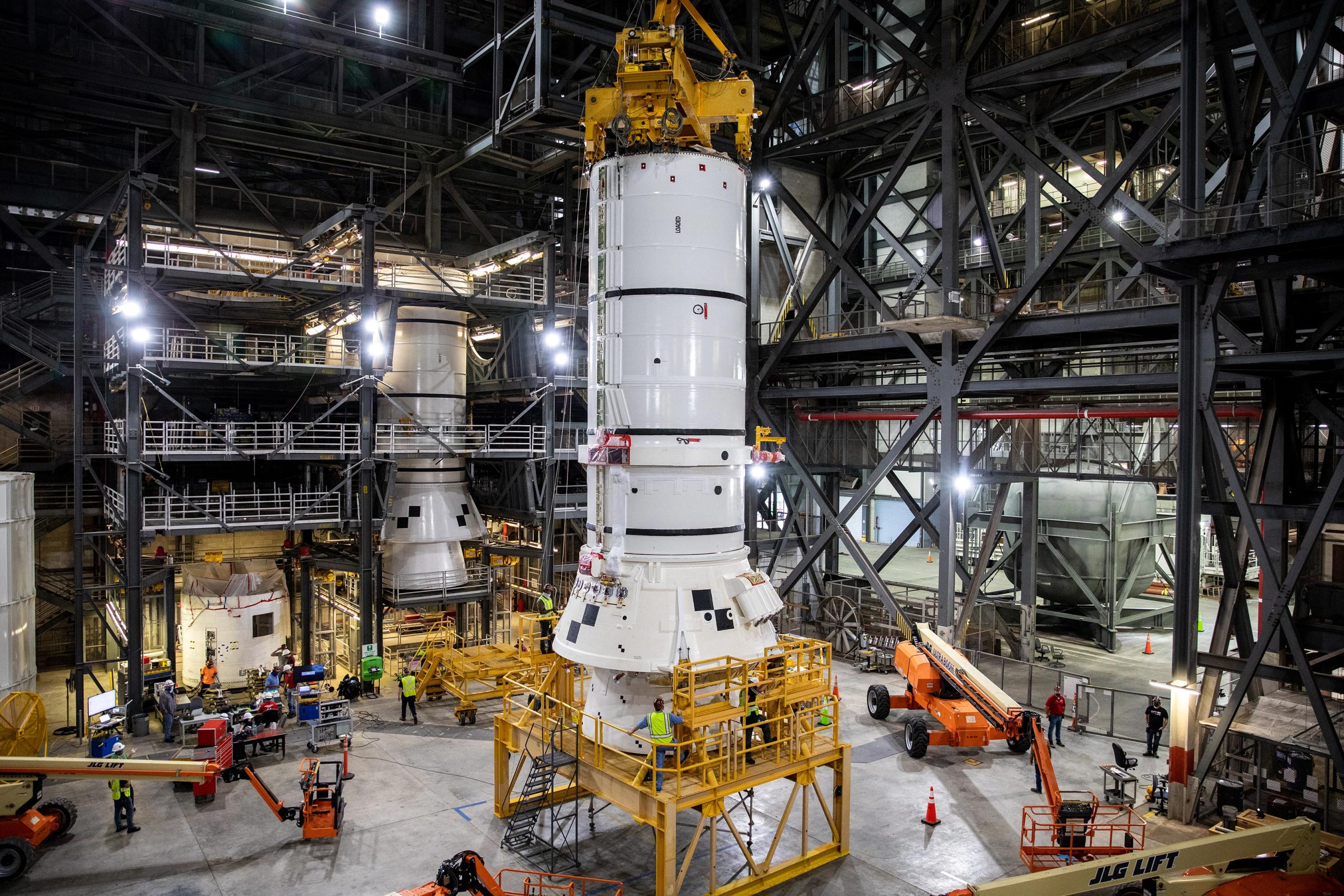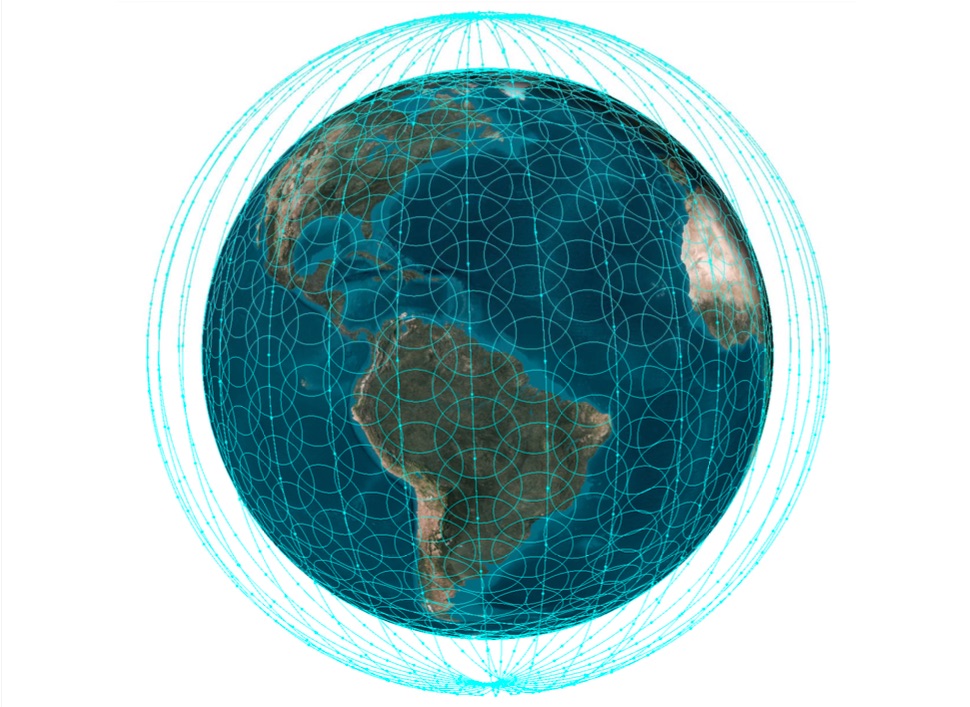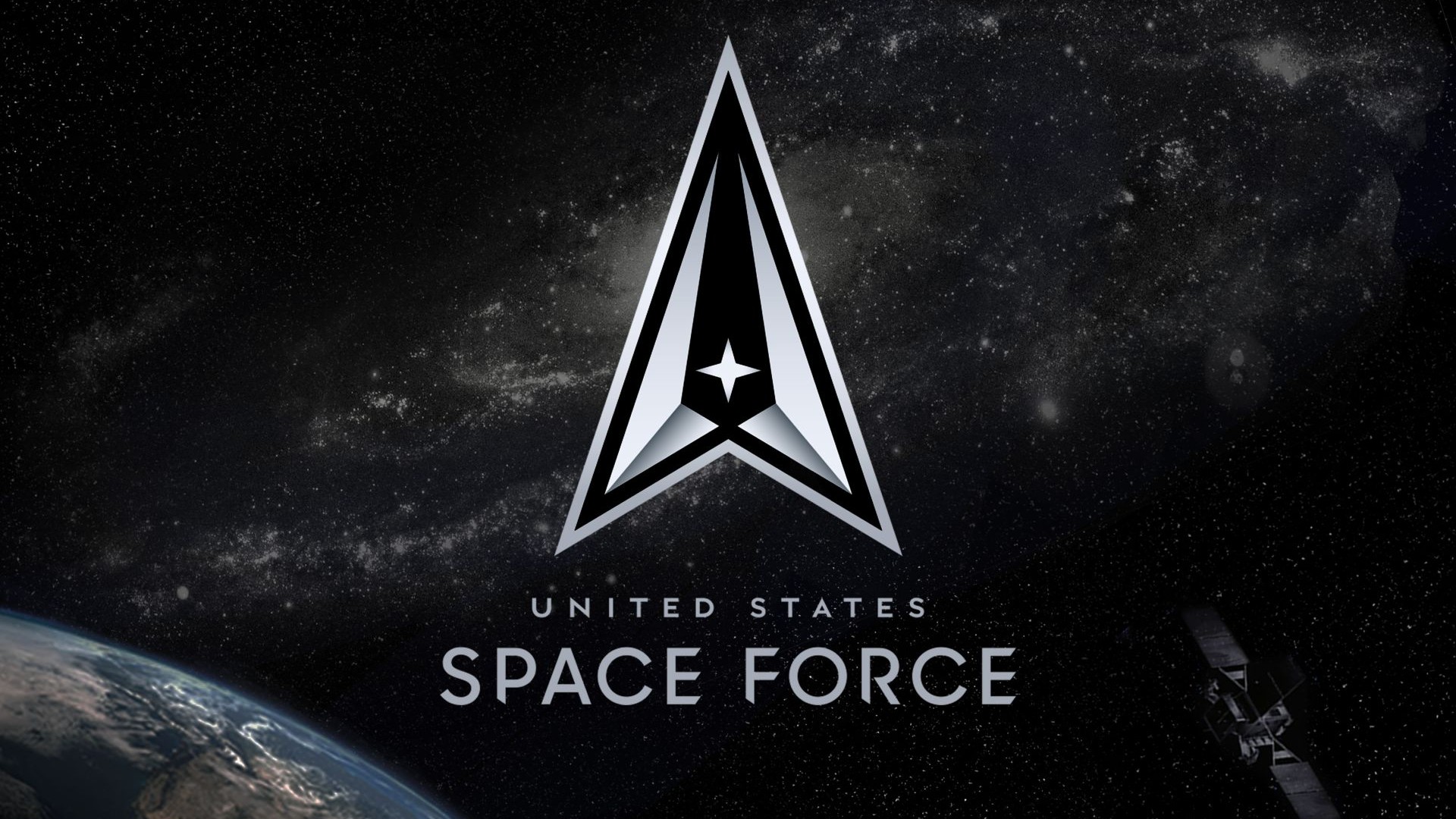by Jeff Foust —

WASHINGTON — An Earth science instrument selected by NASA several years ago to fly as a hosted payload on a commercial communications satellite may instead fly on a standalone spacecraft because of a lack of hosting opportunities.
NASA issued a solicitation Feb. 9 seeking information for what it called the GeoCarb Access to Space project. NASA is looking for information on prospective providers of spacecraft that could host the GeoCarb instrument for a launch that NASA would provide by the end of 2024.
NASA selected GeoCarb in 2016 as part of its Earth Venture line of missions and instruments. GeoCarb will monitor greenhouse gases as well as plant health and vegetation stress in North and South America from approximately 85 degrees west in geostationary orbit.
The agency’s original plan was to fly GeoCarb as a hosted payload on a commercial communications satellite in GEO. For a time, NASA had an agreement with SES Government Solutions to host GeoCarb on an SES satellite.
The draft statement of work included in the solicitation suggested that NASA was no longer planning to fly GeoCarb as a hosted payload. The document refers to a spacecraft that the contractor would provide that can accommodate the instrument and operate it for at least three years in GEO. NASA would provide launch services through its new Venture-Class Acquisition of Dedicated and Rideshare (VADR) launch services contract. For a traditional hosted payload, NASA would not provide launch services, as that would be the responsibility of commercial satellite operator.
NASA spokesperson Tylar Greene confirmed Feb. 16 that the agency was no longer planning to fly GeoCarb as a hosted payload. “With the goal of launching this important Earth-observing instrument by the end of 2024, market research indicated that there are no apparent options for commercial hosting in this time frame,” Greene told SpaceNews. “As a result, NASA is pursuing paths that include procuring a spacecraft and launch for GeoCarb.”
The decision to seek alternative rides to space for GeoCarb reflects the declining fortunes of hosted payloads. NASA and other U.S. government agencies started seriously pursuing hosted payloads more than a decade ago, seeing what at the time was a steady stream of commercial GEO communications satellites that could serve as low-cost platforms for payloads.
However, there has been a sharp drop in commercial GEO satellite orders in recent years, reducing the available options for hosting a payload like GeoCarb. In addition, GeoCarb needs to be hosted on a satellite in a relatively narrow band in GEO in order to see the Americas, further limiting hosting options.
At the annual meeting of the American Meteorological Society Jan. 24, Charles Webb, associate director for flight programs in NASA’s Earth science division, acknowledged that the agency was having problems finding a host for GeoCarb because of changes in the commercial GEO communications satellite market.
“As a result, some of the opportunities that we had seen in the time frame that we needed to put GeoCarb in orbit disappeared,” Webb said. “The challenge that we’re facing is a limited number of opportunities to get to ride along with a commercial payload.”
He added, though, that another NASA Earth science hosted payload, a pollution monitoring sensor called TEMPO, was able to find a commercial satellite, the Intelsat 40e spacecraft being built by Maxar Technologies for launch in January 2023.
Note: This article have been indexed to our site. We do not claim legitimacy, ownership or copyright of any of the content above. To see the article at original source Click Here













